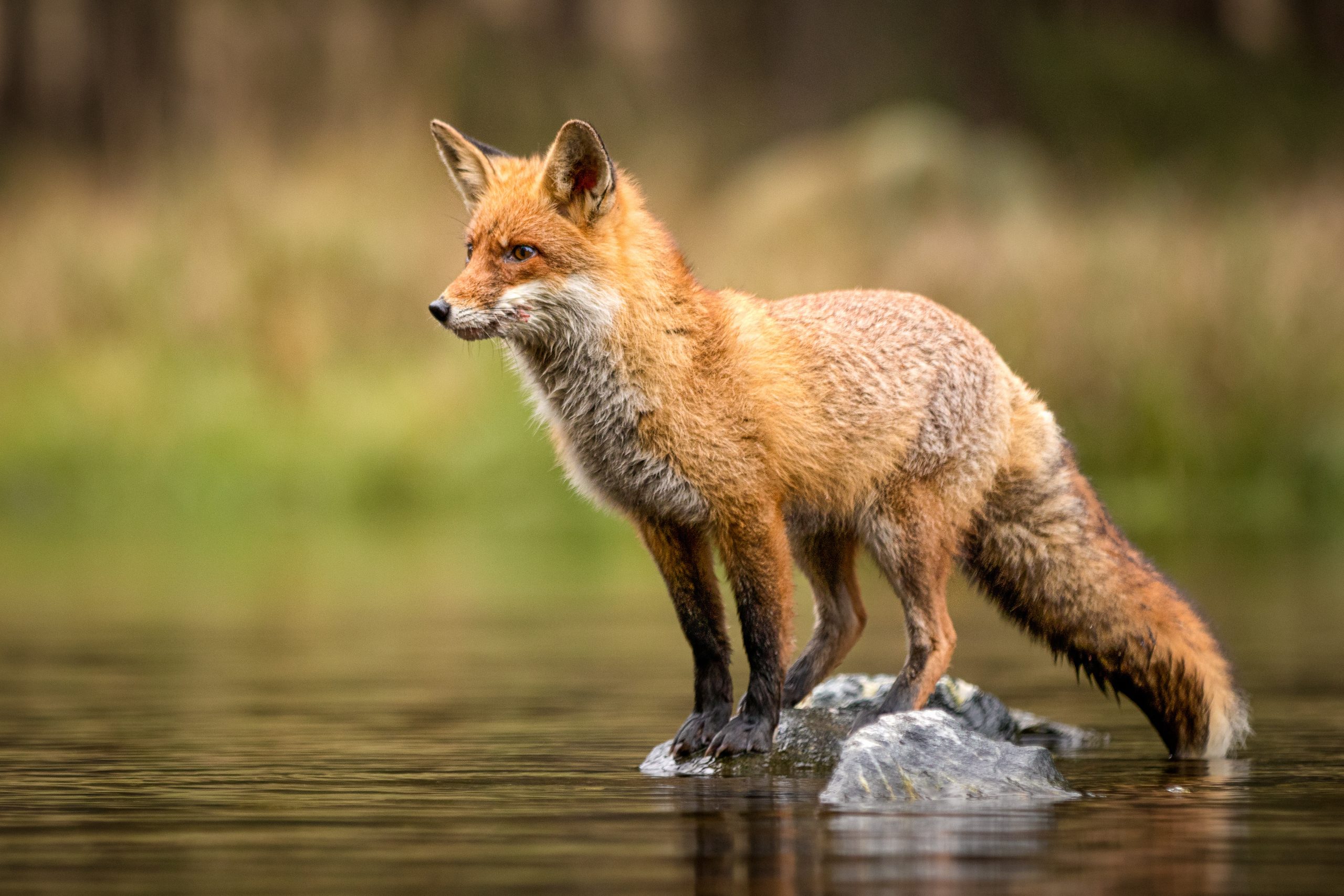Culture Column: Princess Mononoke

7 April 2021
Welcome to the second installment of our culture column!
We’re taking a look at how our books, films, TV and more take on the climate and biodiversity crisis. In this column, we’ll be talking about the 1997 Japanese animated film, Princess Mononoke, directed and written by the renowned Hayao Miyazaki.
A quick note before we get started – we’ll be sprinkling spoilers throughout the review, so if you haven’t seen the film, set aside an evening to watch it and then come back once you’ve had time to process it.
So, here we go.
If my life depended on it, I wouldn’t be able to pick out my all-time favourite film. Instead I have a handful of them, all living in a mental rolodex and selected to fit whatever the mood du jour might be.
When that pivots to despair or hopelessness, there’s usually only one cinematic fix for me – the two-hour, all-encompassing medieval and magical Japanese epic that is Princess Mononoke.
The animated film follows our protagonist Prince Ashitaka and his quest to find the cure for a curse laid on him by a demon-ravaged boar god in his death throes. He needs to find one fast, or else he’ll go the way the boar did. How’s that for a problem?
As his journey unfolds westward, we meet an array of characters – an all-knowing monk, an ambitious town leader and of course, Princess Mononoke herself, who is a human raised by a clan of wolf deities.
As with all Hayao Miyazaki films, each of these characters are not who they initially appear to be. But these personalities aren’t unspooled in that jerky, didn’t-see-that-coming-did-you plot twist way that leaves you feeling bewildered.
Rather their complexities are revealed through slow drips of information and exposure. The monk we first meet is somewhat stoic and accepting of the world as is, but there seems to be something slightly off, and is there ever.
Lady Eboshi, the master of Iron Town, is introduced to us as a ruthless figure, but turns out to be someone who provides opportunities to the most marginalised of her community.
Princess Mononoke, or San as she is also referred to in the film, is initially presented as a creature of the wild with boundless rage, but becomes softer and more compassionate throughout our story.
And while there appears to be internal contradictions within each character, there’s also the external conflict at play.
Lady Eboshi’s Iron Town only thrives because she is exploiting the surrounding forest. In retaliation, San and the gods of the forest continuously attack her entourage, and they are stuck in a perpetual loop of violence towards one another.
Lady Eboshi reasons that killing the omnipresent Forest Spirit will put an end to it all, while the supernatural beings of the mountain seek to wipe Iron Town from the soil it stands on.
Off the bat, the parallels to our climate and biodiversity crisis might be screaming out to you. But it’s more complicated than that in my opinion.
Yes, there is the seeming inability for “nature” and “humans” to live alongside each other (and I say this in quotations as I’ve never liked this dichotomy. Humans are part of nature. Many communities have shown the capacity and ability to live within its boundaries for centuries).
However, unlike our ongoing and unevenly experienced climate emergency, the most vulnerable populations are protected by the all-powerful Lady Eboshi’s employment and care.
So drawing like-for-like comparisons here is flawed.
Where I find the most meaning in relation to the climate and biodiversity crisis is with a set of characters that probably get the least amount of screen time in the entire saga – the Kodama.
These quirky miniature creatures are a cross between a skeleton and a children’s sketch, who lead idyllic lives amongst the trees. They congregate around a sacred pool of water, greet wandering strangers and welcome the Forest Spirit when it returns each day break.
They are, most importantly, the sign of a healthy forest. So in the case for both the viewer and the inhabitants of this world, the more the merrier.
When the Forest Spirit is slain, they perish alongside the paradise around them. The scene is apocalyptic, as are the cascading events that follow.
When Ashitaka and San manage to return the decapitated head to the raging Forest Spirit just in time, you breathe a sigh of everything. Everything will go back to the way it once was.
Instead, the now-whole-again spirit stumbles and plunges into the remnants of Iron Town. A stretched out silence over a desolate land lingers.
But then life starts to return.
The slopes and derelict buildings are overrun with green. San laments that the spirit is dead, but Ashitaka reminds her that he is everywhere, existing as life itself.
Things are looking up, but they are irrevocably different, and Hayao Miyazaki resists the neat bow-tied ending we often see in Western cinema where all that was lost is returned.
It isn’t. Iron Town is destroyed. The forest spirit might be all around, but he is no longer a tangible entity. Ashitaka’s curse appears to be lifted, but a scar remains.
And in those last few moments before we leave our characters to make sense of this literal and metaphorical new landscape, something appears.
A lone Kodama, offering the promise of new life in a world forever changed by the actions of a handful.
[x_author title=”About the Author”]







